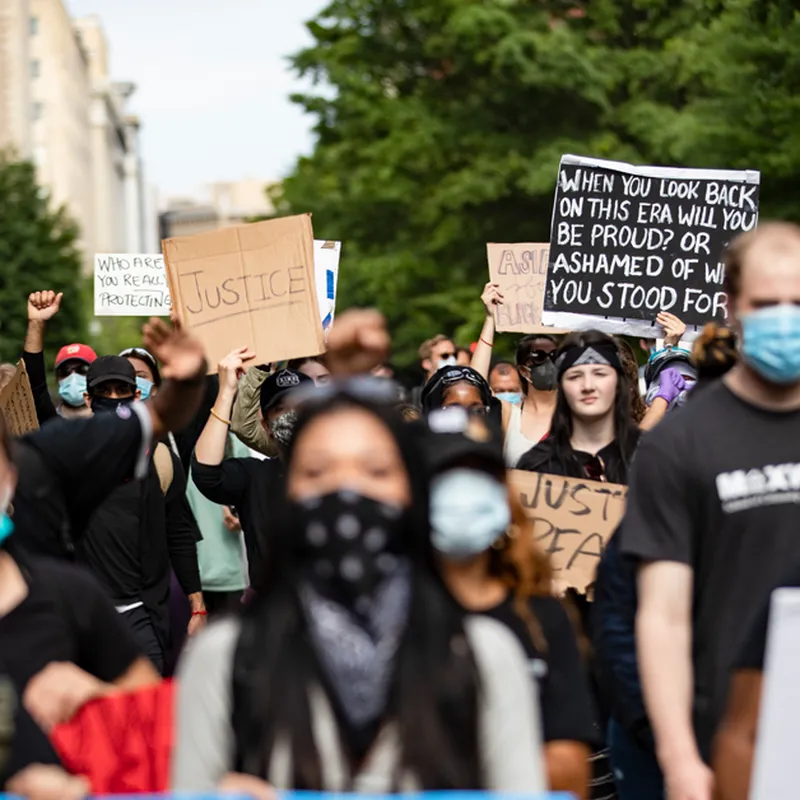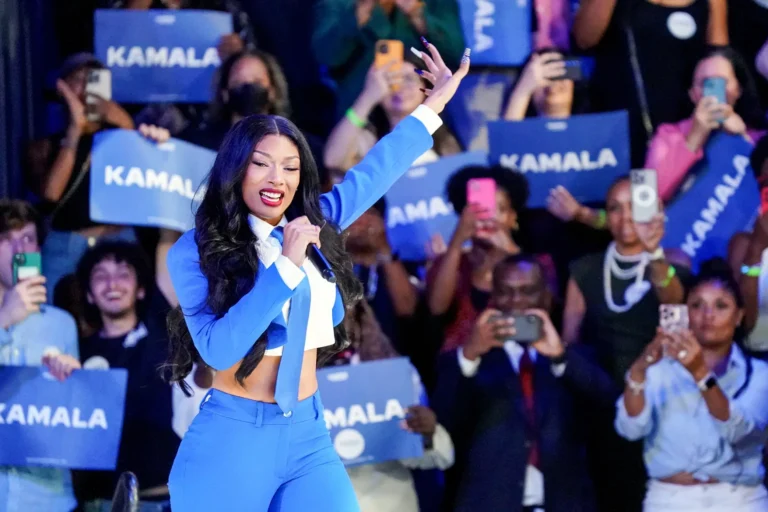Socialism and Positive Racism: a Match made in heaven

Introduction
Socialism is typically associated with ideals of equality and social justice. However, the concept of “positive racism” or racial preference has occasionally intersected with socialist policies and movements. This article explores the complexities of positive racism within socialist contexts, providing specific examples and examining its effects on various aspects of society, including college education, police and military forces, and everyday life.
Understanding Positive Racism in Socialism
Positive racism refers to preferential treatment of certain racial or ethnic groups in an attempt to rectify historical injustices or promote social equity. Within socialist contexts, this concept can be contentious, as it appears to conflict with the ideology’s core principles of equality and anti-discrimination. However, it has been employed in various ways, reflecting the diverse interpretations and applications of socialism.
Historical Context and Examples
- Soviet Union and Ethnic Policies: The early Soviet Union implemented policies designed to uplift non-Russian ethnic groups, such as affirmative action in education and employment. These measures were intended to address inequalities from the Tsarist era. For instance, minority languages were promoted, and local elites were given preferential treatment in governance and education.
- Maoist China: Mao Zedong’s policies included efforts to integrate and promote ethnic minorities. Special privileges and development programs were implemented to improve the socioeconomic status of these groups, aiming to foster unity and support for the communist state.
- Cuban Revolution: Fidel Castro’s regime made significant efforts to improve the status of Afro-Cubans. Measures such as land redistribution and educational reforms were aimed at addressing racial inequalities. While these policies were meant to promote equality, they also involved preferential treatment based on race.
Positive Racism and College Education
In the context of college education, positive racism often manifests as affirmative action policies. These policies are designed to increase the representation of historically marginalized groups in higher education. Here’s how this has played out:
- Affirmative Action in the United States: While not a socialist country, the U.S. provides a relevant example. Affirmative action policies have been implemented to address racial disparities in college admissions. These policies have been controversial, with supporters arguing that they help create a more diverse and equitable educational environment, while critics claim they can lead to reverse discrimination.
- Impact on Diversity and Inclusion: Affirmative action policies aim to create a more diverse student body, which can enrich the educational experience for all students. Studies have shown that diverse educational environments promote critical thinking, reduce racial biases, and prepare students for a multicultural workforce.
- Challenges and Criticisms: Critics argue that affirmative action can lead to resentment and perceptions of unfairness among those who feel disadvantaged by such policies. This tension can create a challenging environment on college campuses, where debates about merit and equity are ongoing.

Positive Racism in Police and Military Forces
The implementation of positive racism in police and military forces is aimed at creating more representative and equitable institutions. However, this approach has its complexities and challenges.
- Diversity Initiatives: Many police and military organizations have implemented diversity initiatives to recruit and promote individuals from underrepresented racial and ethnic groups. These initiatives are intended to create forces that better reflect the demographics of the communities they serve.
- Training and Sensitization: Positive racism in these contexts often includes training programs designed to reduce racial biases and promote cultural sensitivity. These programs aim to foster better relations between law enforcement, military personnel, and diverse communities.
- Challenges and Backlash: Efforts to promote diversity can sometimes face resistance within police and military organizations. Critics argue that such policies can lead to tensions and perceptions of favoritism or lowered standards. This can affect morale and cohesion within these forces.
Positive Racism and Everyday Life
The impact of positive racism on everyday life varies depending on the context and implementation of policies. Here are some examples:
- Workplace Diversity: Affirmative action and diversity initiatives in the workplace aim to create more inclusive environments. These policies can lead to increased representation of marginalized groups, fostering a sense of inclusion and equity. However, they can also lead to debates about meritocracy and fairness.
- Community Relations: In communities, positive racism can influence social dynamics and interactions. Efforts to promote racial equity through targeted programs and policies can enhance community cohesion and reduce racial tensions. However, if not managed well, they can also lead to perceptions of inequality and division.
- Public Perception and Media: Media coverage of positive racism policies can shape public perceptions. Positive portrayals can highlight the benefits of diversity and inclusion, while negative portrayals can fuel divisiveness and misunderstanding. The media plays a crucial role in framing the narrative around these policies.
Socialism and Black Lives Matter
The Black Lives Matter (BLM) movement, which began as a response to police brutality and systemic racism against Black people, shares several principles with socialist ideologies, particularly in its call for social justice, equality, and systemic change. Here’s how socialism relates to BLM:
- Shared Goals of Equality: Both socialism and BLM seek to address systemic inequalities and promote social justice. Socialism’s focus on redistributing resources and power aligns with BLM’s goals of dismantling systemic racism and ensuring equitable treatment for all.
- Critique of Capitalism: BLM critiques how capitalism perpetuates racial inequalities, a viewpoint that resonates with socialist critiques of capitalist systems. Both advocate for structural changes to address these deep-rooted issues.
- Community Control and Empowerment: BLM advocates for community control of police and other local institutions, echoing socialist calls for democratic control over societal resources and governance. This approach aims to ensure that these institutions serve the interests of marginalized communities.
- Economic Justice: BLM’s focus on economic justice, including demands for reparations, living wages, and equitable access to resources, aligns with socialist principles of economic redistribution and support for the working class.
BLM’s Impact on College Education
BLM has influenced college campuses in several ways, promoting policies and practices that align with its goals of racial equity:
- Curriculum Changes: Many institutions have revised their curricula to include more content on Black history, social justice, and anti-racism. This aligns with BLM’s educational goals and enhances students’ understanding of systemic racism.
- Diversity and Inclusion Initiatives: Colleges have implemented diversity and inclusion initiatives inspired by BLM, such as hiring more faculty of color, providing support for minority students, and creating spaces for dialogue on race and equity.
- Student Activism: BLM has energized student activism, leading to protests and demands for changes in institutional policies and practices. This activism has pressured colleges to address issues of racial injustice and create more inclusive environments.
BLM’s Impact on Police and Military Forces
BLM has significantly influenced discussions about policing and military practices, advocating for reforms and systemic changes:
- Police Reform: BLM has pushed for various police reforms, including defunding the police, reallocating resources to community services, and increasing accountability for police misconduct. These efforts aim to reduce police violence and improve community relations.
- Training and Accountability: Police and military forces have been encouraged to implement training programs focused on de-escalation, cultural sensitivity, and anti-racism. Increased accountability measures, such as body cameras and independent oversight, have also been advocated.
- Community Policing: BLM supports community policing models that prioritize building trust and collaboration between law enforcement and communities. This approach aligns with socialist principles of community control and democratic governance.
BLM’s Impact on Everyday Life
The BLM movement has had a profound impact on everyday life, influencing public discourse, policies, and social interactions:
- Public Awareness: BLM has raised public awareness about systemic racism and police brutality, prompting widespread discussions and reflections on racial justice. This increased awareness has led to greater support for policies aimed at addressing racial inequalities.
- Corporate and Institutional Responses: Many corporations and institutions have responded to BLM by implementing diversity and inclusion policies, supporting social justice initiatives, and publicly committing to racial equity. These actions reflect a broader societal shift towards recognizing and addressing systemic racism.
- Personal Interactions: BLM has encouraged individuals to reflect on their own biases and take action to promote racial justice in their daily lives. This includes participating in protests, educating themselves about racism, and supporting Black-owned businesses and organizations.
Understanding Positive Racism in Socialism
- Affirmative Action and Socialism:
- The Socialist Case for Affirmative Action (Jacobin Magazine) – Discusses affirmative action from a socialist perspective.
- Affirmative Action and the Myth of Meritocracy (Harvard Civil Rights-Civil Liberties Law Review) – Explores affirmative action as a tool for social justice.
2. Historical Context and Examples
- Soviet Union and Ethnic Policies:
- Nationalities Policy of the Soviet Union – Provides an overview of the Soviet Union’s ethnic policies.
- Maoist China:
- Ethnic Minority Policies in China – Discusses Mao Zedong’s approach to ethnic minorities.
- Cuban Revolution:
- Racism in Cuba: An Overview – Examines race relations and policies during the Cuban Revolution.
3. Positive Racism and College Education
- Affirmative Action in the United States:
- The Impact of Affirmative Action in Higher Education (Brookings Institution) – Explores the role and effects of affirmative action in U.S. college admissions.
- Diversity and Inclusion in Education:
- The Benefits of Diversity in Education (American Psychological Association) – Discusses how diversity enhances educational environments.
4. Positive Racism in Police and Military Forces
- Diversity in Law Enforcement:
- Diversity in Policing: Benefits and Challenges (International Association of Chiefs of Police) – Looks at diversity initiatives in policing.
- Training and Sensitization:
- Cultural Competence Training in Law Enforcement (National Institute of Justice) – Examines the impact of cultural competence training.
5. Socialism and Black Lives Matter
- BLM and Socialism:
- Black Lives Matter and the Fight for Socialism – Discusses the alignment of BLM with socialist principles.
- Economic Justice and BLM:
- Black Lives Matter’s Economic Demands (The Nation) – Outlines the economic justice demands of BLM and their alignment with socialist goals.
6. BLM’s Impact on College Education and Everyday Life
- BLM and College Curriculum Changes:
- The Impact of Black Lives Matter on College Campuses (Chronicle of Higher Education) – Discusses BLM’s influence on curriculum and campus policies.
- Community Policing and BLM:
- Community Policing Strategies (U.S. Department of Justice) – Describes community policing efforts inspired by BLM.
Conclusion
The concept of positive racism within socialist contexts presents a complex and often contentious issue. While the goal of such policies is to address historical injustices and promote equity, their implementation can lead to various challenges and criticisms. Understanding the nuances of positive racism in college education, police and military forces, and everyday life helps to appreciate the broader implications of these policies.
The Black Lives Matter movement, with its focus on racial justice and systemic change, aligns with many socialist principles. By examining the intersection of socialism, positive racism, and BLM, we can gain a deeper understanding of the challenges and opportunities in promoting social equity and justice in contemporary society.
Bibliographical References
- Marx, Karl, and Friedrich Engels. The Communist Manifesto. Penguin Classics, 2011.
- Lenin, Vladimir. State and Revolution. Penguin Classics, 1992.
- Tucker, Robert C. The Lenin Anthology. Norton & Company, 1975.
- Mao Zedong. Quotations from Chairman Mao Tse-tung. Foreign Languages Press, 1966.
- Castro, Fidel. My Life: A Spoken Autobiography. Scribner, 2008.
- Suny, Ronald Grigor. The Soviet Experiment: Russia, the USSR, and the Successor States. Oxford University Press, 2011.
- Fitzpatrick, Sheila. The Russian Revolution. Oxford University Press, 2008.
- Meisner, Maurice. Mao’s China and After: A History of the People’s Republic. Free Press, 1999.
- Knight, Alan. The Mexican Revolution: A Very Short Introduction. Oxford University Press, 2016.
- Yaffe, Helen. Che Guevara: The Economics of Revolution. Palgrave Macmillan, 2009.
- Williams, Eric. Capitalism and Slavery. University of North Carolina Press, 1944.
- Zinn, Howard. A People’s History of the United States. Harper Perennial, 2005.
- Hobsbawm, Eric. The Age of Extremes: The Short Twentieth Century, 1914-1991. Michael Joseph, 1994.
- Hall, Stuart. Policing the Crisis: Mugging, the State, and Law and Order. Palgrave Macmillan, 1978.
- Davis, Angela Y. Women, Race & Class. Vintage Books, 1983.
- Gilroy, Paul. There Ain’t No Black in the Union Jack: The Cultural Politics of Race and Nation. Routledge, 2002.
- Kelley, Robin D.G. Freedom Dreams: The Black Radical Imagination. Beacon Press, 2002.
- Fanon, Frantz. The Wretched of the Earth. Grove Press, 2004.
- Robinson, Cedric J. Black Marxism: The Making of the Black Radical Tradition. University of North Carolina Press, 2000.
- Rodney, Walter. How Europe Underdeveloped Africa. Verso Books, 2018.





